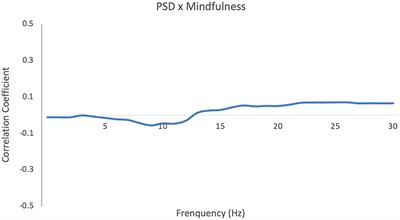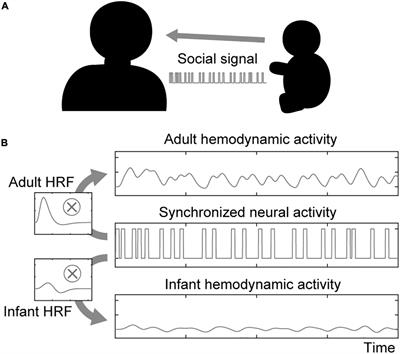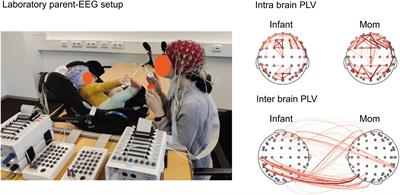ORIGINAL RESEARCH
Published on 30 Sep 2022
Trait mindful awareness predicts inter-brain coupling but not individual brain responses during naturalistic face-to-face interactions

doi 10.3389/fpsyg.2022.915345
- 2,010 views
- 9 citations
7,731
Total downloads
41k
Total views and downloads
Select the journal/section where you want your idea to be submitted:
ORIGINAL RESEARCH
Published on 30 Sep 2022

ORIGINAL RESEARCH
Published on 09 Aug 2022

ORIGINAL RESEARCH
Published on 15 Jun 2022

ORIGINAL RESEARCH
Published on 03 Jun 2022

REVIEW
Published on 27 Apr 2022

MINI REVIEW
Published on 05 Jan 2022
ORIGINAL RESEARCH
Published on 22 Sep 2021

SYSTEMATIC REVIEW
Published on 28 Jul 2021

